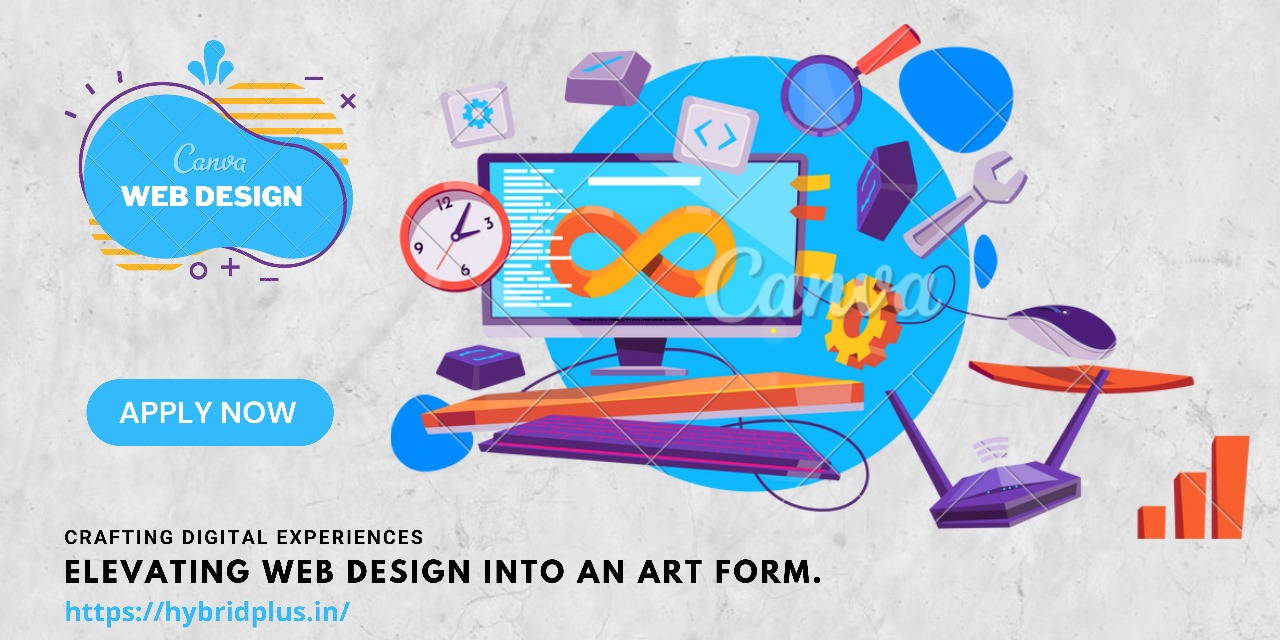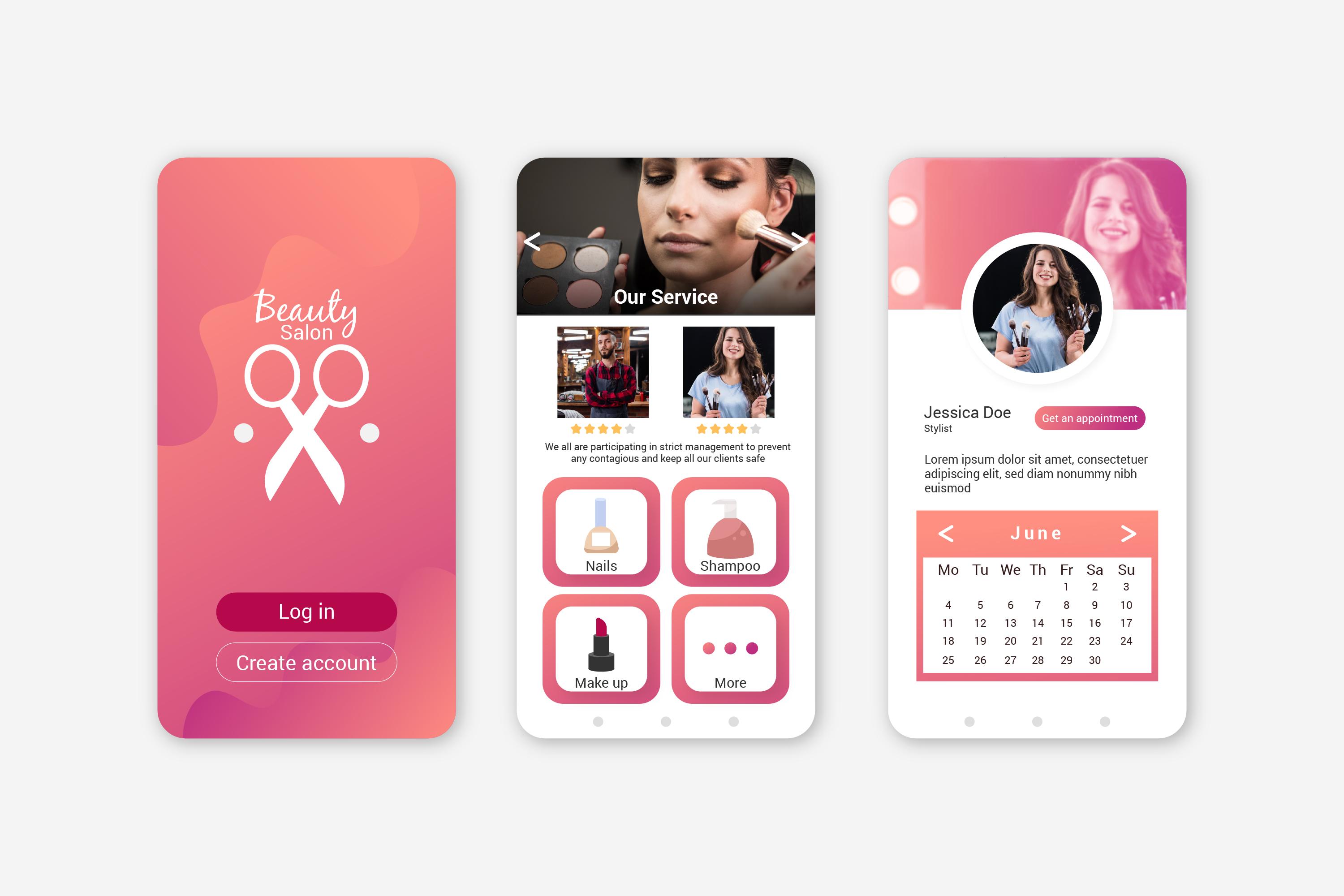Crafting Digital Experiences: The Art of Web Design
In the vast digital landscape of the internet, where billions of websites compete for attention, the importance of web design cannot be overstated. A well-designed website is not just a collection of web pages—it's an immersive digital experience that engages visitors, reflects brand identity, and drives conversions. Crafting such digital experiences requires more than just technical expertise; it demands a delicate blend of creativity, innovation, and strategic thinking. In this blog, we'll explore the art of web design Jaipur, delving into its transformative power in shaping user perceptions, fostering engagement, and optimizing online visibility.
Understanding the Essence of Web Design
Web design is the process of conceptualizing, planning, and creating the visual and functional elements of a website. It encompasses a wide range of disciplines, including graphic design, user experience (UX) design, and web development. At its core, web design is about more than just aesthetics; it's about creating seamless and intuitive experiences that resonate with users and meet their needs effectively.
The Importance of Web Design
In today's digital age, where online presence is crucial for businesses of all sizes, the importance of web design cannot be overstated. Let's explore some key reasons why web design is essential:
1. First Impressions Matter:
Your website is often the first point of contact between your brand and potential customers. Within seconds of landing on your site, visitors form opinions about your brand based on its design, layout, and content. A visually appealing and well-organized website not only captures attention but also instils confidence and credibility in your brand.
2. User Experience is Key:
User experience (UX) plays a critical role in the success of a website. A user-friendly website ensures that visitors can navigate effortlessly, find the information they need, and complete desired actions with ease. By prioritizing UX in your web design, you can keep visitors engaged, reduce bounce rates, and increase conversions.
3. Reflecting Brand Identity:
Your website serves as a digital extension of your brand identity. Effective web design Jaipur incorporates elements such as logos, color schemes, and imagery that align with your brand's identity and messaging. Consistency in branding across your website reinforces brand recognition and fosters trust among visitors.
4. Mobile Responsiveness:
With the increasing use of smartphones and mobile devices, optimizing your website for mobile responsiveness is essential. A responsive web design ensures that your website adapts seamlessly to various screen sizes and devices, providing users with a consistent experience whether they're browsing on a desktop computer, tablet, or smartphone.
Crafting Digital Experiences: The Art of Web Design
Crafting digital experiences that resonate with users requires a thoughtful and strategic approach to web design. Here are some key principles to keep in mind:
1. User-Centric Design:
Put yourself in the shoes of your users and design with their needs and preferences in mind. Conduct user research to gain insights into their behaviour, preferences, and pain points. Use this information to inform your design decisions and create a website that addresses their needs effectively.
2. Visual Storytelling:
Use visuals to tell your brand's story and evoke emotions in your users. Choose imagery and graphics that align with your brand's identity and resonate with your target audience. Incorporate multimedia elements such as videos and animations to engage users and bring your brand to life online.
3. Seamless Navigation:
Make it easy for users to find what they're looking for by designing intuitive navigation menus and clear pathways through your website. Use hierarchical navigation structures and breadcrumbs to guide users through complex content and help them find their way around your site effortlessly.
4. Consistent Branding:
Maintain consistency in branding across your website to reinforce brand recognition and build trust with your audience. Use consistent color schemes, typography, and imagery throughout your site to create a cohesive and unified brand experience.
5. Performance Optimization:
Optimize your website's performance to ensure fast loading times and smooth user experience. Minimize file sizes, leverage browser caching, and optimize images and videos to improve page load times and reduce bounce rates.
Conclusion: Elevating Your Online Presence through Web Design
In conclusion, web design is an art form—a delicate balance of creativity, innovation, and strategy aimed at crafting immersive digital experiences that captivate and engage users. By prioritizing user experience, reflecting brand identity, and optimizing for search engines, businesses can create websites that resonate with their audience and drive meaningful interactions online. In today's competitive digital landscape, investing in professional web design is not just a choice—it's a necessity for businesses looking to thrive and succeed in the online world. So, embrace the art of web design and craft digital experiences that leave a lasting impression on your audience.
- Home
-
Services
Web Development
Mobile Apps
Game Development
- IOS Game Development
- ANDROID Game Development
- AR Game Development
- VR Game Development
- Ludo Game Development
Application Development
Multi-Level Marketing Software Solutions
- Binary MLM Software
- Matrix MLM Software
- Autopool MLM Software
- Single LEG MLM Software Company
- Differential Plan MLM Software
- Binary+Autopool MLM Software
- Level Plan MLM Software
Graphic & Web Designing
SEO & SMO Services
App Development Solution
- About Us
- Portfolio
- Contact Us
- Blog






